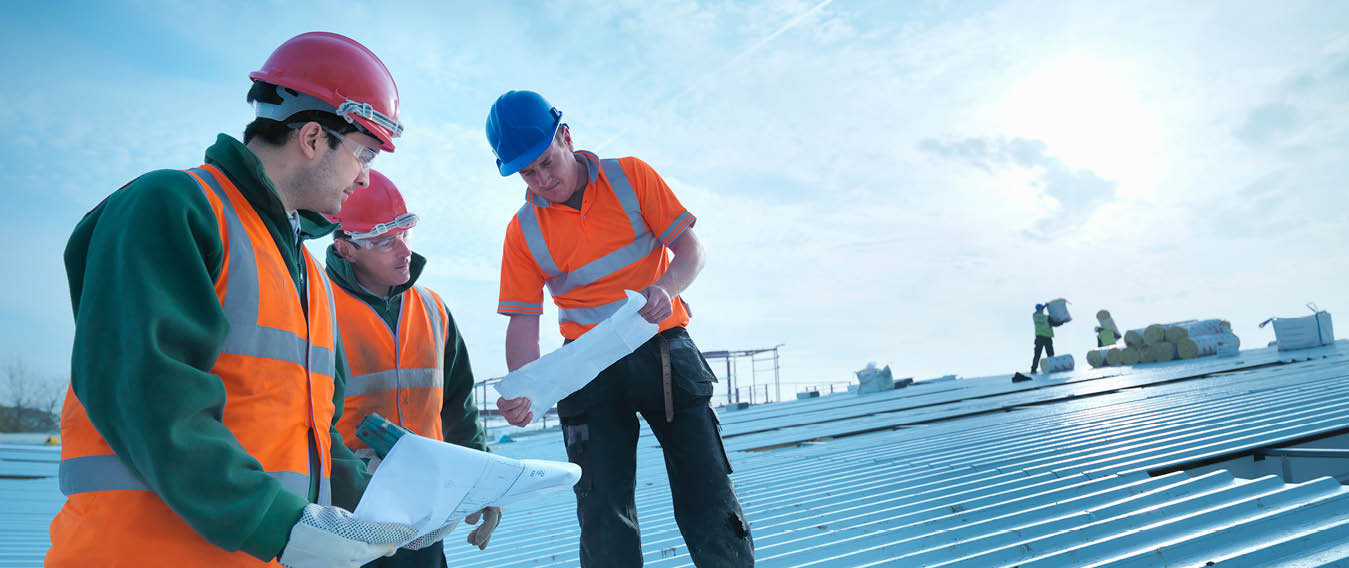ENGIE is expanding its portfolio of flexible low carbon electricity production and storage assets to support the growth of renewable energies.
Although the growing portion of renewable electricity sources, in particular solar and wind, helps to reduce CO2 emissions, their intermittency generates a higher need for flexibility to ensure the electricity networks remain balanced.
Therfore, while pursuing its investment in renewable energies, ENGIE is also developing targeted thermal electricity production and storage capacities that meet this requirement.
This development is part of the Group’s decarbonisation objectives: programmed withdrawal from coal, improved efficiency of assets, development of hydroelectric and battery storage, biomethane combustion and green hydrogen in power plants.
Production asset flexibility is not the sole solution to ensure that networks remain resilient. Demand can also be adjusted to variations in electricity production.
Our range of low-carbon flexibility serving electricity networks and our customers:
- Thermal power generation
- Battery storage
- Pumped storage hydropower
- Hydrogen production by electrolysis
- Demand side management
Primary objectives for 2030
- Make progress in the decarbonisation of gas-fired plants:
- Exit coal by 2025 for continental Europe, by 2027 for the rest of the world,
- Develop the production of biomethane, green hydrogen,
- Make greater use of CCUS (Carbon Capture, Utilisation and Storage)
- Battery storage capacity of 10 GW

